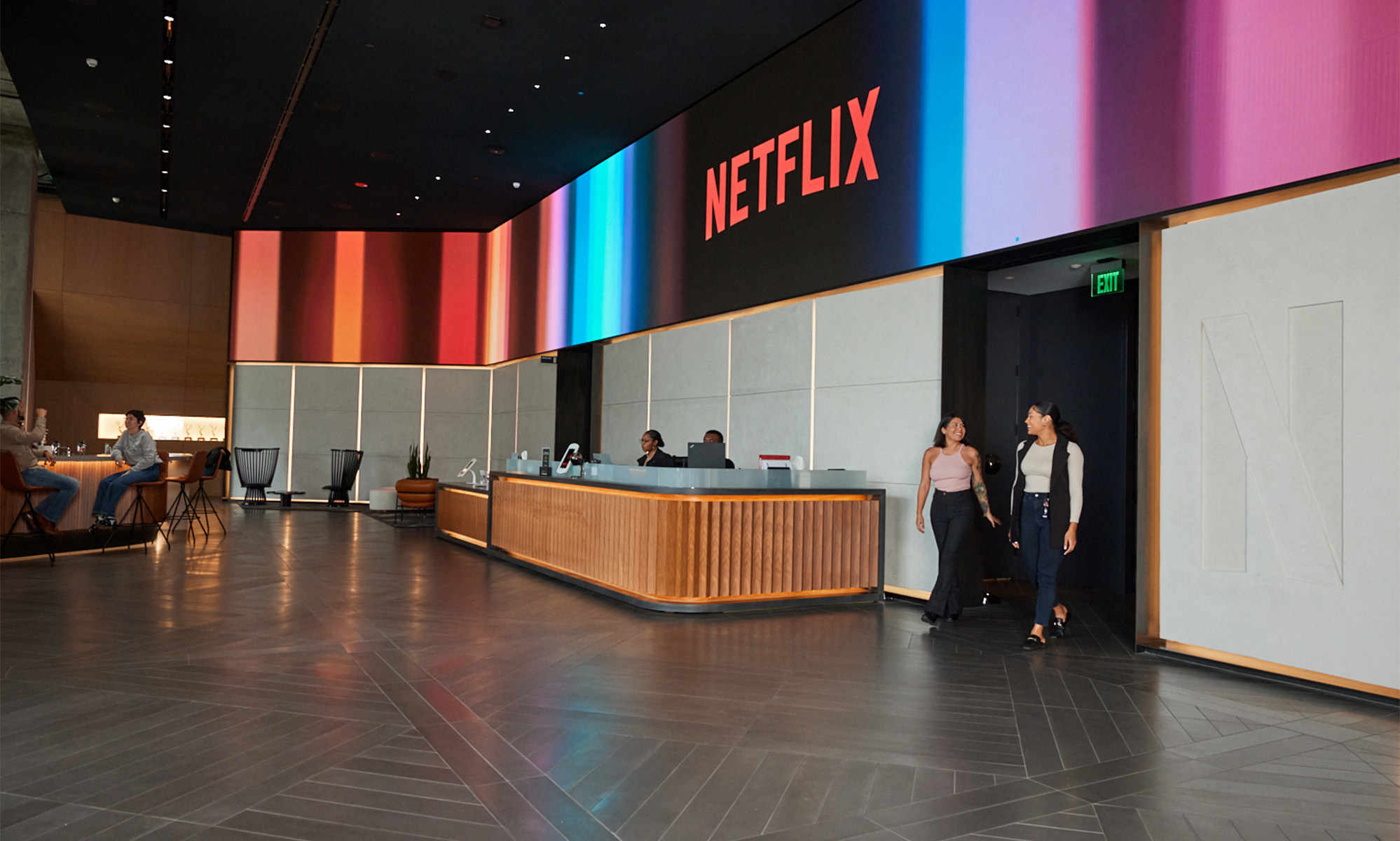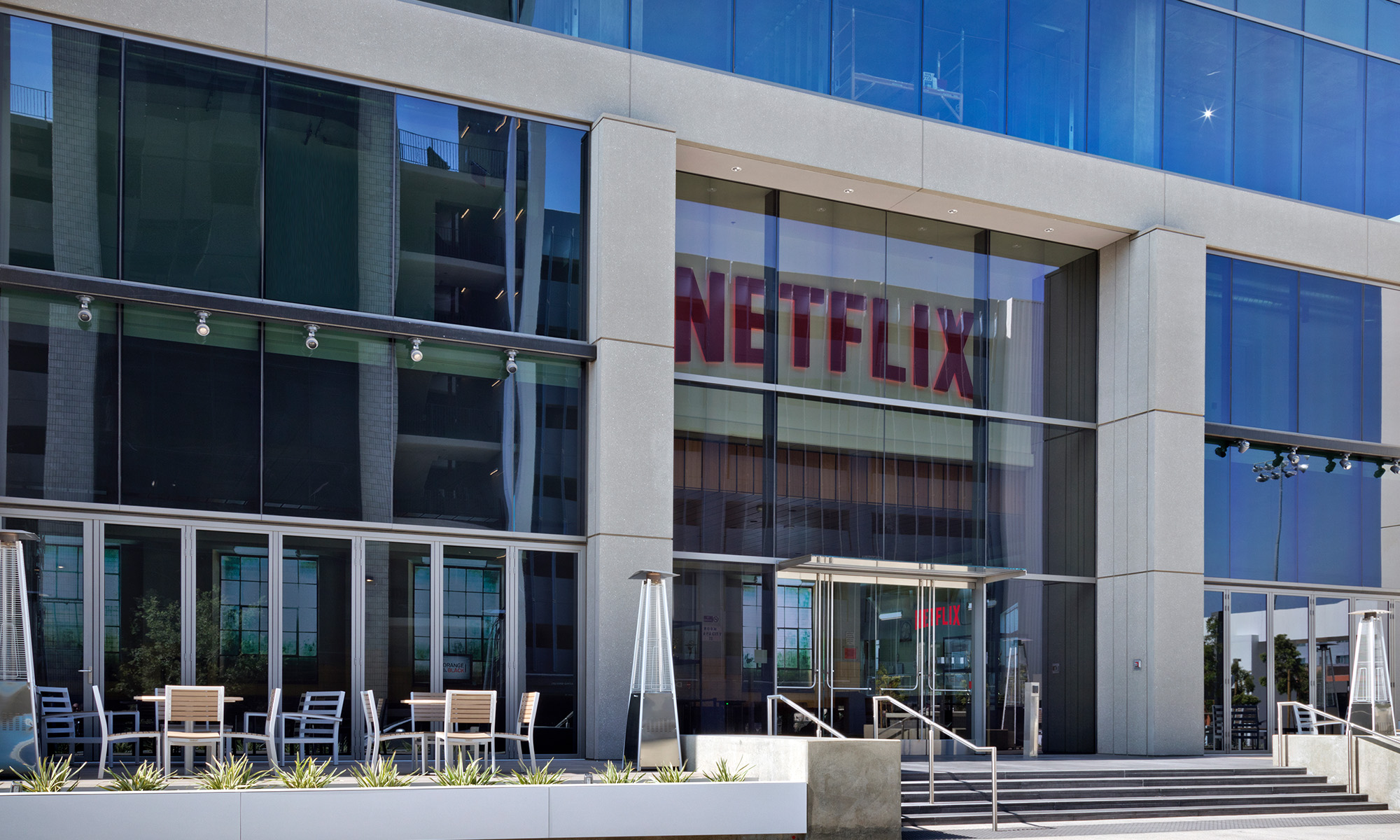The recently announced Q3 earnings from Netflix (NFLX +0.93%) should have come as no surprise. The concerns regarding growing competition in the streaming video market, low margins, and costs associated with Netflix's aggressive international expansion aren't new. The consternation reached a head after the Q3 announcement on Oct. 23, particularly as CEO Reed Hastings shared guidance for what is expected to be a fairly mundane Q4.
Where has the disappointing quarter led? Yet more yo-yo-like stock price movements -- something long-term Netflix shareholders have been forced to endure, like it or not.
Why the surprise?
The only thing surprising about Netflix Q3 results, and subsequent Q4 guidance, is that they were a surprise at all. In addition to the Coinstar (CSTR +0.00%) and Verizon (VZ 2.08%) partnership on the immediate horizon, Amazon.com's (AMZN 1.60%) Prime service is gaining traction, in spite of analysts' suggestions only weeks ago that Prime wasn't much of a threat. Yeah, right.
After the Oct. 23 Netflix earnings announcement, analysts even alluded to the possibility that Apple (AAPL +0.26%) may get in the streaming game. Not surprising, really, considering Apple TV and a history of innovative iToys and technologies. And, lest we forget, Google (GOOG +1.24%) and its YouTube offering enlisting Hollywood-level talent can't be discounted, either.
When the inevitable Netflix buyers take hold of the market, increasing share prices, the catalyst more often than not is the emphasis on the number of streaming users and viewing hours. Though Netflix grew streaming members in Q3 -- by a lower-than-expected 2 million users -- it doesn't change the inherent problem of razor-thin margins, and a single line of revenue.
As for Verizon, Google, Apple and Amazon? They're all flush with opportunities to generate significant revenues from any number of sources, biding time as their respective streaming businesses take hold. Netflix? Yeah, not so much.
Not all is lost
To its credit, Netflix was able to eke out margin gains in the all-important domestic streaming unit, to 16.4%, up 0.80% from Q2 of 2012. The nearly forgotten DVD business -- an afterthought alluded to on page 9 of the Netflix earnings announcement -- still generates the majority of Netflix profit. Of course, that'll change at some point as CEO Reed Hastings continues pushing DVD users to the curb.
The announcement on Oct. 18 that Netflix is moving into the Nordic region is in line with Hastings' international growth plans. But with a total of 10 million potential Nordic customers with broadband, it's hard to see when Netflix significantly adds to the bottom line, even after the negative impact of its expansion costs are absorbed.
Netflix proponents point to Latin America results, which have been solid, with more than 1 million subscribers. Even more importantly, Latin America has 49 million more potential customers already with broadband access. However, the previous "success" in Latin America is precisely why the news mentioned in the earnings announcement is so distressing. Turns out, according to Hastings, profitability in the region "will take longer than we had planned," because of payment collection problems.
Summing up
Hastings' assumption that Hulu is the closest competitor Netflix has, essentially discounting Amazon Prime and its U.K. version LoveFilm, is indicative of the Netflix problem: ignoring the inevitable and hoping it will go away. Only a cursory nod is given to HBO's direct-to-consumer service, which is about to be released in the Scandinavian market, and there's no mention at all of Coinstar and Verizon's arrangement.
Here's some news -- "Competition in the streaming video market will stall domestic growth for Netflix." Really? Believe it or not, that's the kind of thing analysts have been saying for some time now. Hopefully, you recognized that sometime ago, too. If not, don't be surprised when Netflix "bargain hunters" start buying; that's just what happens with Netflix stock. But don't be fooled -- the slightest uptick in share price should be your cue to run, far and fast, from Netflix.









